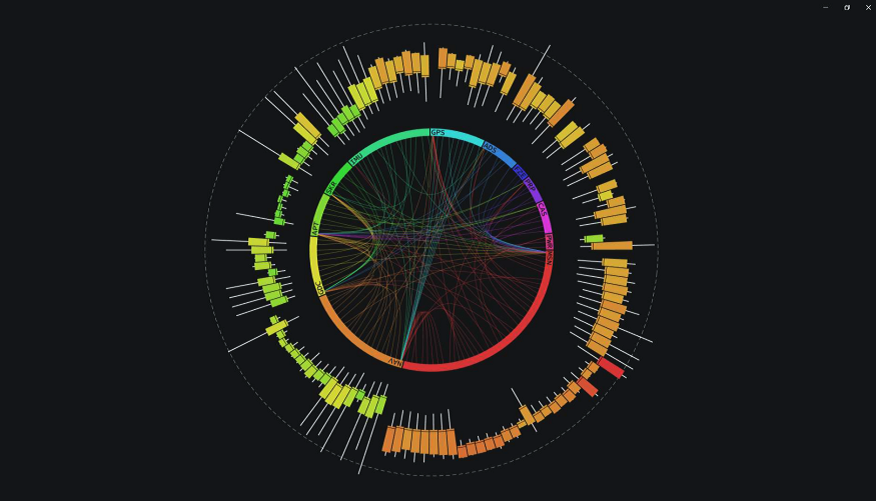AFMC utilizes MOATEL as verification resource
WRIGHT-PATTERSON AIR FORCE BASE, Ohio — The Munition Open Architecture Test and Evaluation Laboratory (MOATEL) provides the independent verification missing from Open Architecture by validating models against real-world processes.
Weapons Open System Architecture (WOSA) refers to platforms in which system interfaces share widely accepted standards, with which conformance can be verified.
“Three pillars: standards maintenance, expertise, and verification support WOSA. The MOATEL is the entity that accomplishes these pillars,” said Christopher Neal, Open Architecture subject matter expert, Munitions Directorate, Air Force Research Laboratory.
The MOATEL is a laboratory and a group of people that maintain the standards and requirements under WOSA. It verifies the compliance of munition components, and validates digital models against real munition components.
“MOATEL is the third-party verification tool to ensure Open Architecture is accomplished throughout all stages of a project,” said Neal.
Verification has been missing from Open Architecture for decades. Contracts include Open Architecture requirements, but the requirements are not verified by an independent source, or are verified by the contractor that designed the system. A third-party or external review is required to ensure that contractors are fulfilling the Open Architecture requirements. This bolsters confidence that requirements are being met.
The MOATEL was built as a resource to meet that need.
Within the MOATEL, validations can compare the item the vendor is proposing in a digital model against real munition components using a simulated representation.
“Digital models are only useful when they are validated. This requires the model to be verified against the real world,” said Neal.
Digital models allow contractors in the field to more quickly know a process will work because simulations can be done quicker than making a real-world product. These simulations result in faster development because production time and money is saved when predictions are made from models and extrapolations. Still, verification is essential.
“Using a digital model, a vendor can perform hundreds or thousands of tests in the time that it would take to perform one using traditional methods. That simulation may take a few minutes to complete and provide results, while it might require days, in real time,” said Neal.
So far, verifications have only been done on prototypes or research programs within the Air Force Research Laboratory.
However, the Weapons Armament Directorate, Air Force Life Cycle Management Center, has approval to perform verifications for the Stand-in Attack Weapon and Future Hypersonic programs.
The Navy has also expressed interest in MOATEL validation, and discussion is ongoing.
The MOATEL is located in the Air Force Research Laboratory Munitions Directorate on Eglin Air Force Base, Florida, and is supported by Space Dynamics Laboratory, Cummings Aerospace, and Science Applications International Corporation.
The MOATEL is the transition between digital and real space.
“The AFRL Munitions Directorate is leading the charge in modular open architecture research, utilizing modern software factory tools, and embracing the digital transformation taking place across the enterprise,” said Neal.

The Weapons Open System Architecture (WOSA) Communication Graph shows the real-time communication occurring within a munition as messages, and the data within messages are being sent from one subsystem to another. WOSA refers to platforms in which system interfaces share widely accepted standards, with which conformance can be verified. (Courtesy graphic)
